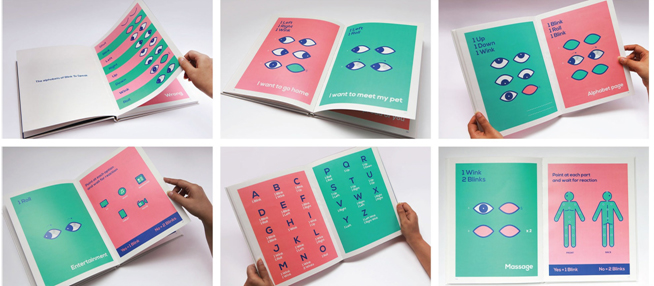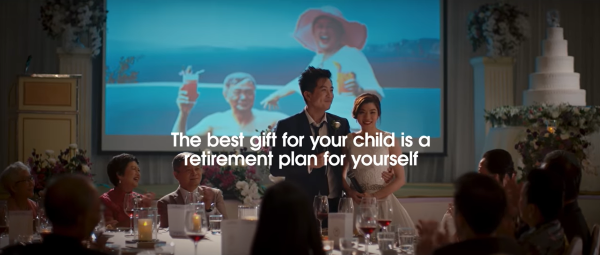Payoneer’s Eileen Borromeo shares her thoughts on the future of creative strategy and recalls some of the most memorable work from her time as a WARC Prize for Asian Strategy judge in 2018 and 2019.
I was fortunate enough to have been asked twice as a juror for the WARC Prize for Asian Strategy – first when I was a strategy director at an advertising agency and then as regional head of marketing for a fintech company.
The lens with which I viewed the cases changed slightly in the shift from agency to brand side. I was keen to look more at the innovativeness of the case studies when I was in an agency, but looked at applicability of the learning and insights as a client. Mind you, I was still looking at the entries for their effectiveness and creativity, and I relished combing through every case study for brilliance that was waiting to be discovered.
Entries that I looked forward to reading were not just those that demonstrated how well they made a difference to the brand and its business, but those who had people and their needs at the heart of the brief.
More often than not, these were the deceptively “simple” ones – the clarity in defining the problem to be solved, the strategic leap, and the inspired creative execution that would leave me muttering and nodding, “Ang galing!” (That’s brilliant).
This to me was what made a case study deserving to move on to the shortlist.
Here are some of the entries that made judging worthwhile.
An effective solution doesn’t have to be an expensive one
Asha Ek Hope Foundation’s ‘Blink to Speak’ (2019) was one of the most memorable entries I’ve read. It addressed a real need in the medical community without complicated or costly investments. Creating a “new” language based on eye movement, ‘Blink to Speak’ aided communication between paralysed patients and their caregivers.

Often, when we receive a brief (or write one), our thoughts go to executional possibilities, dreaming of multiple touchpoints and everything else we’ll need to make it feel like a big integrated campaign. ‘Blink to Speak’ shows the discipline and focus in uncovering the problem at hand and responding brilliantly with an accessible solution for its audience.
Making a taboo work for you by reframing its value
This was a fun one. I remember having a lively discussion around making cultural insights work well for Chinese New Year, when practically every brand had something to say during this time (making for an extremely cluttered communications landscape).

The ‘Ho Ee Ki’ campaign from Mudah (2018) was both intelligent and cheeky. It’s not easy to challenge cultural norms, especially around the biggest holiday of the year when everyone is in buying mode. But it did so by reframing the value of a second-hand marketplace – by letting go of your unwanted old items, it can bring you blessings in return.
You can challenge a category norm just by having a point of view on it
One of the best-written papers (in my opinion) for 2019 was NTUC Income’s ‘The best gift for your child is a retirement plan for yourself’.

Everything that can be said about retirement had been said, accompanied by aspirational images of happy retirees sailing into the sunset. Here was a brave campaign that launched a rather unconventional film knocking what seems to be the tenet of filial piety and turning it on its head to talk about why investing on your retirement is best for your child’s future.
In the two years that I’ve pored through the entries for the WARC Prize for Asian Strategy, I observed that there were more examples of work that addressed the brief well (as it should).
This shows that clients and their creative partners are working more collaboratively to deliver good results – both on business and on brand.
There is no doubt that the future will be more competitive with new things that excite. I hope that through it all, regardless of the business and economic climate we’re in, we mustn’t forget to go back to the reason why we’re doing this in the first place.
Whether it’s to inspire, to be famous, or to make a difference in other people’s lives – we are all participating in a creative culture that celebrates our humanity. One case study at a time.
This article is part of a special content programme marking the tenth anniversary of the WARC Prize for Asia Strategy. To find out more about this year’s Prize, click here.

